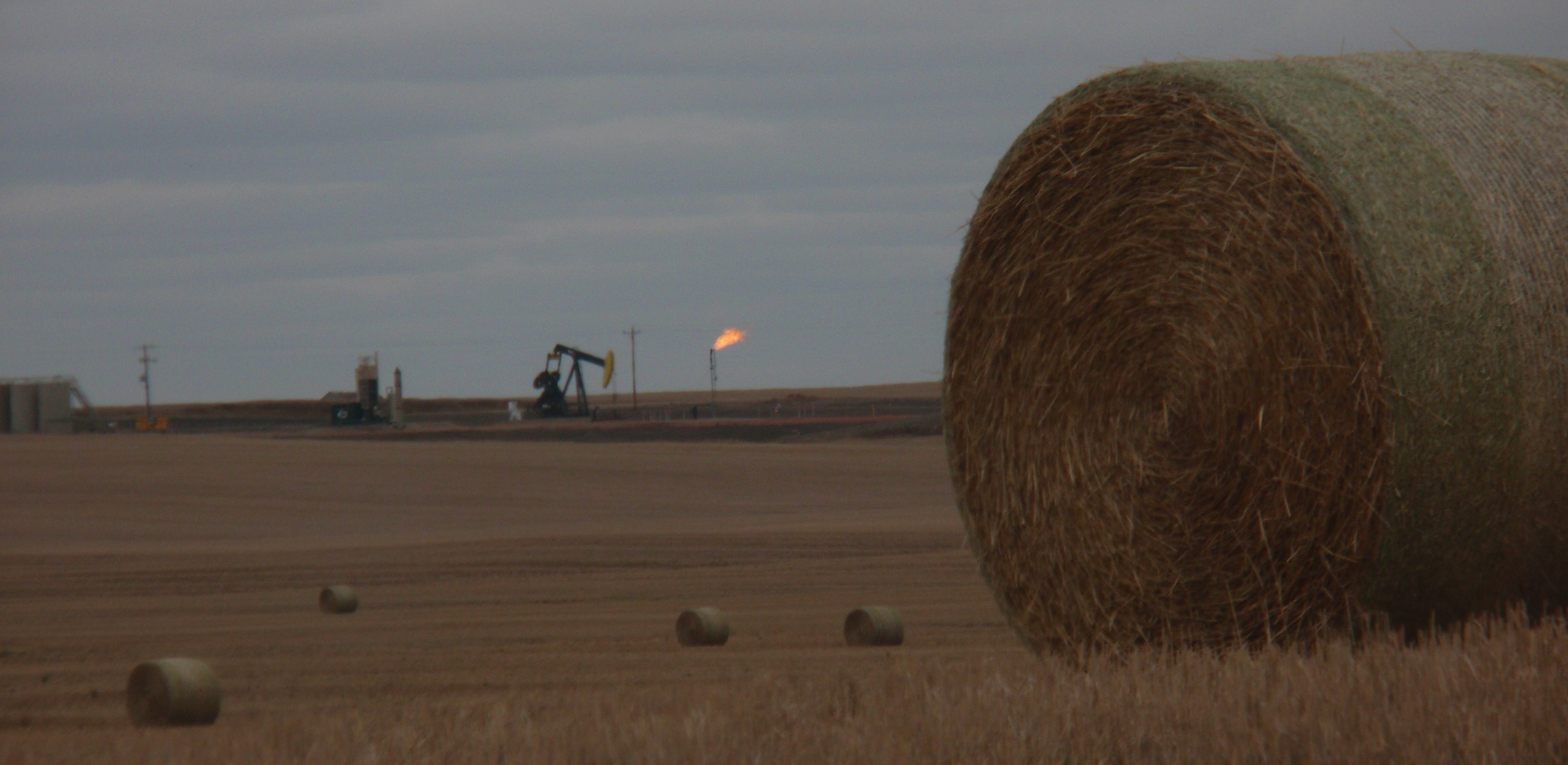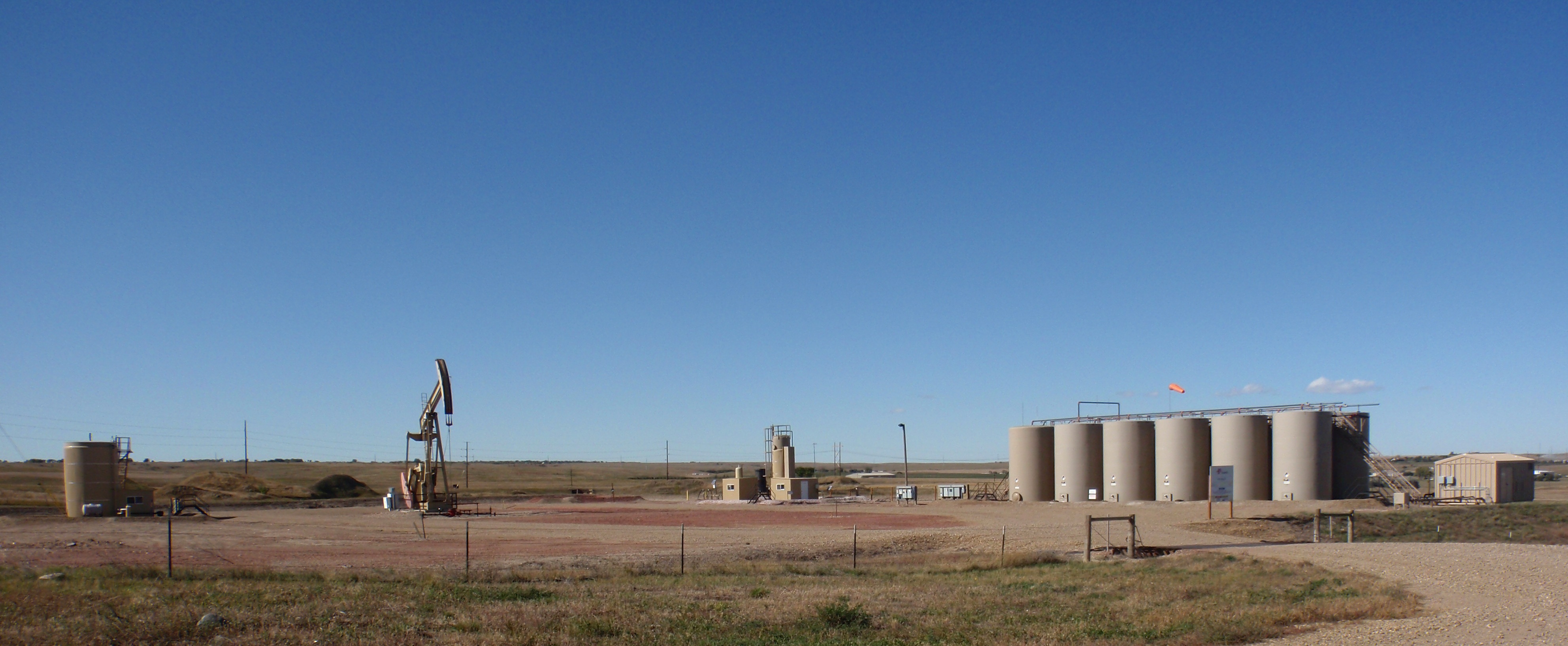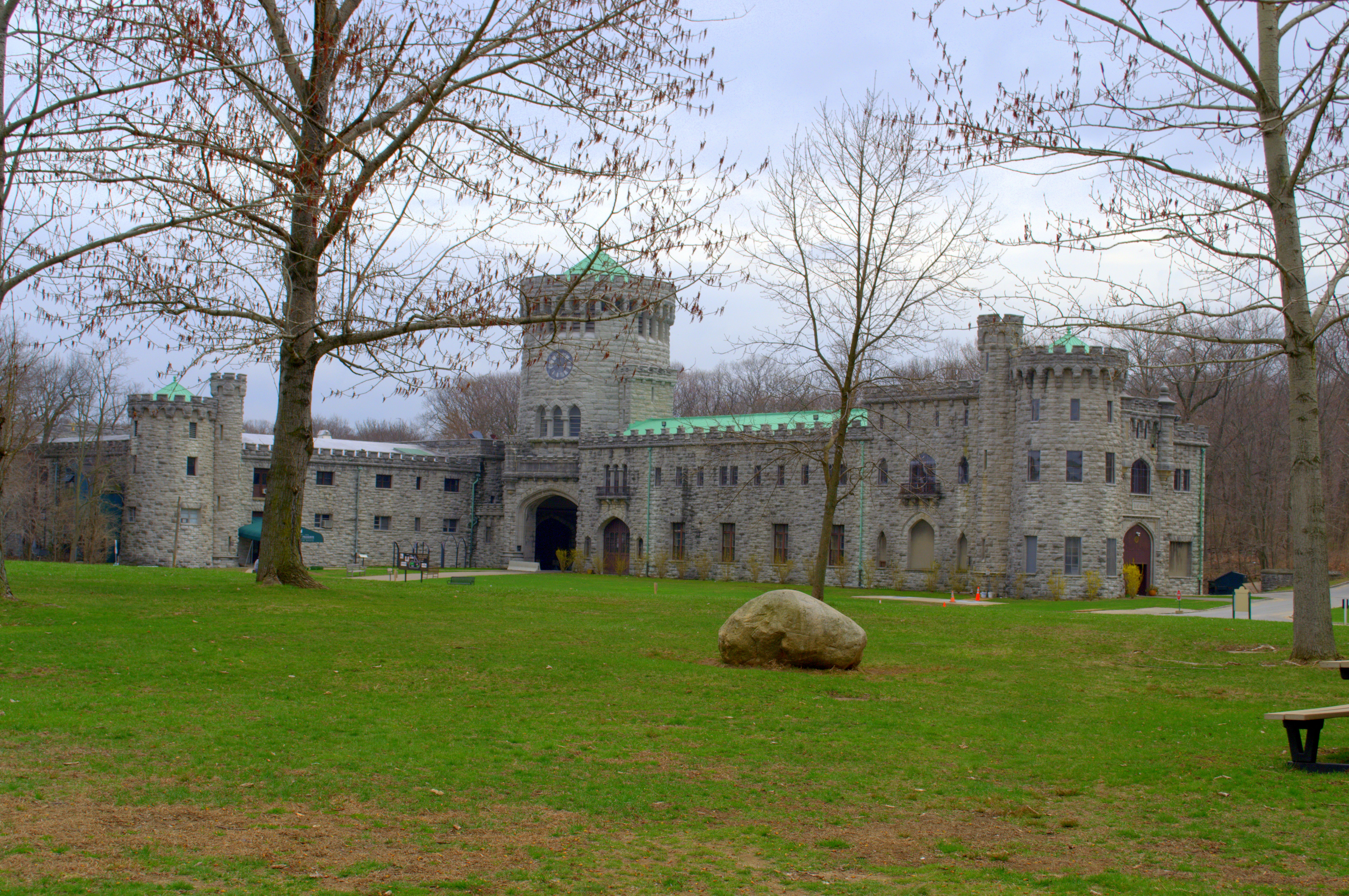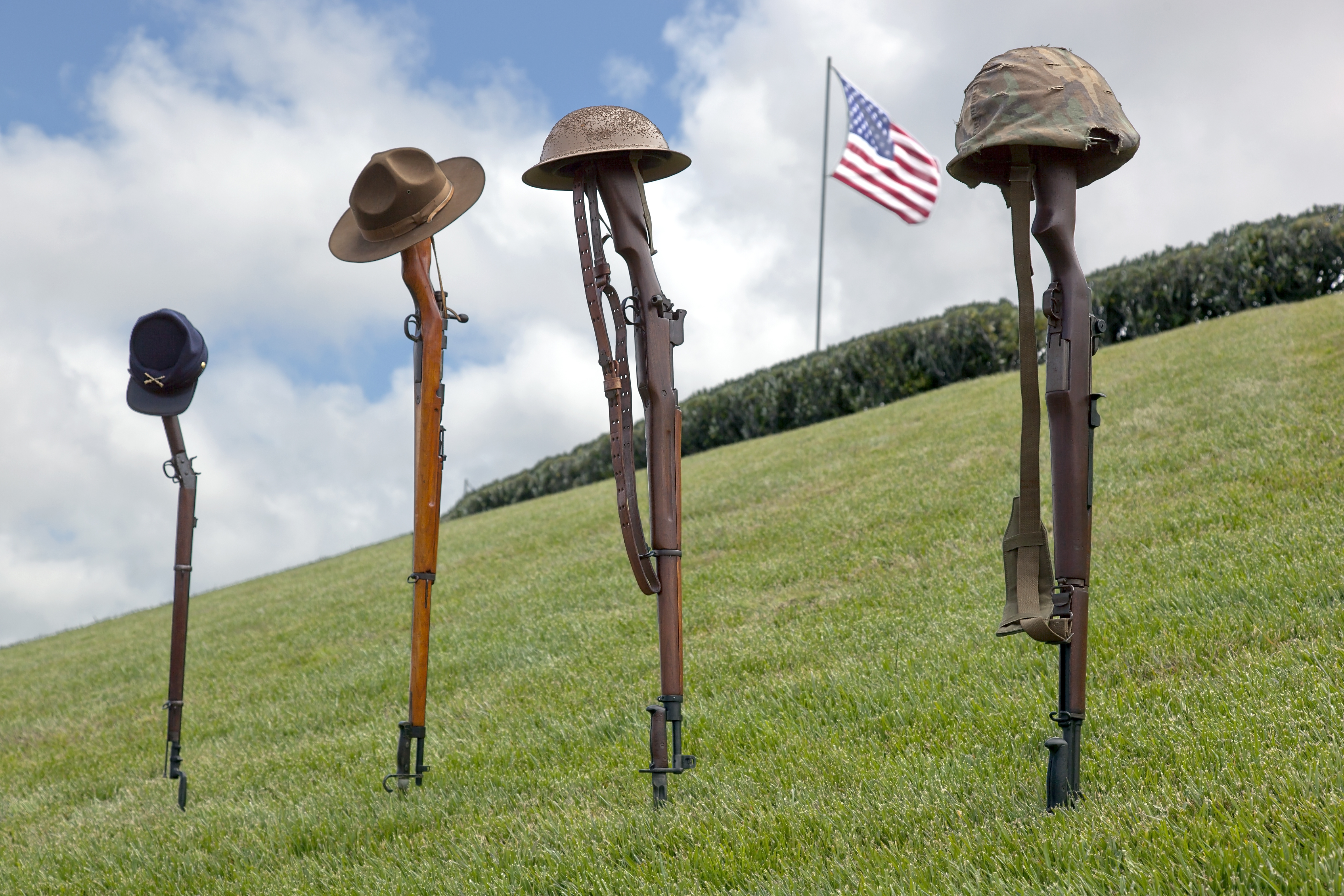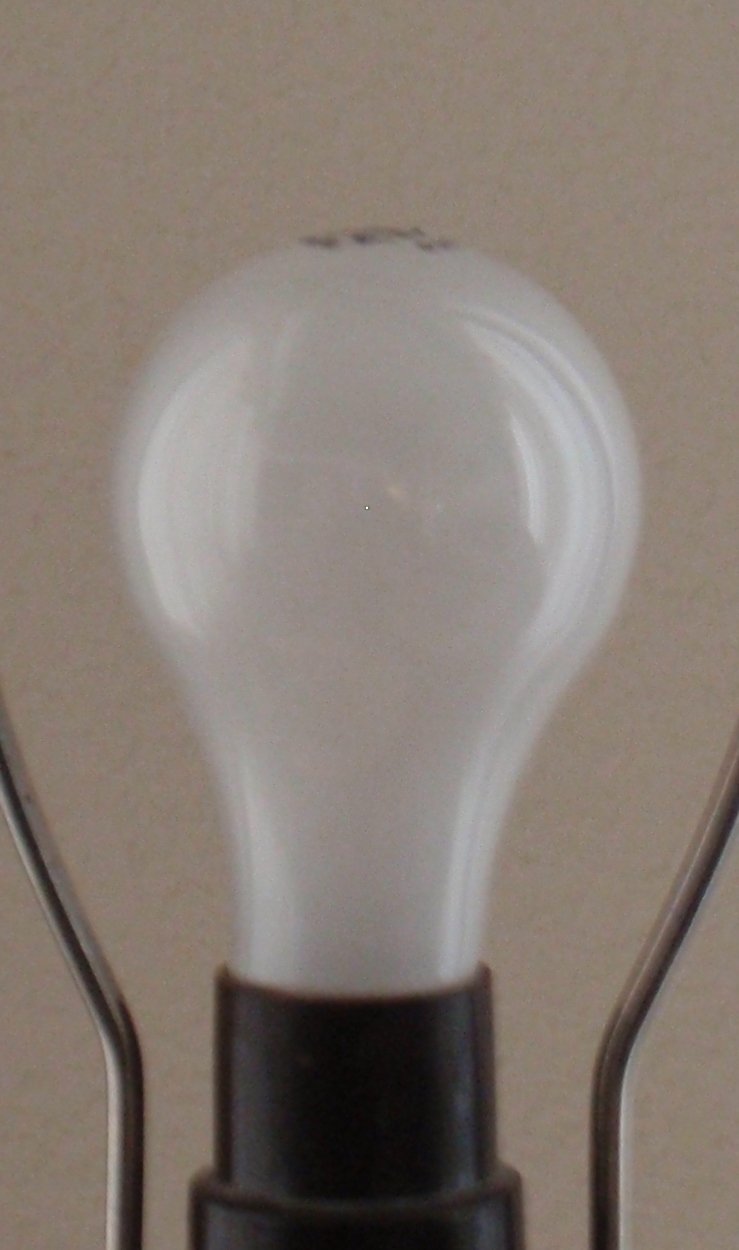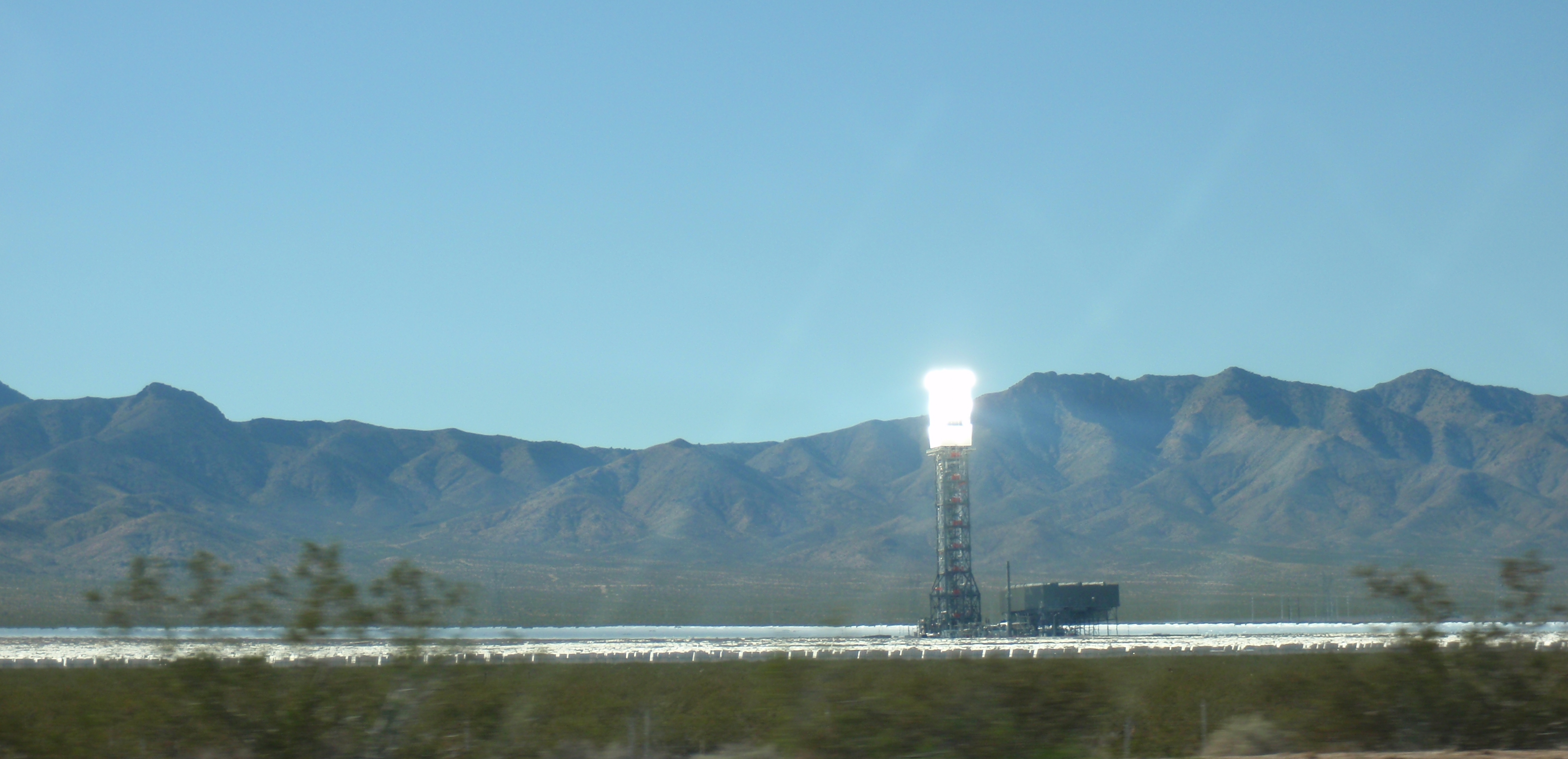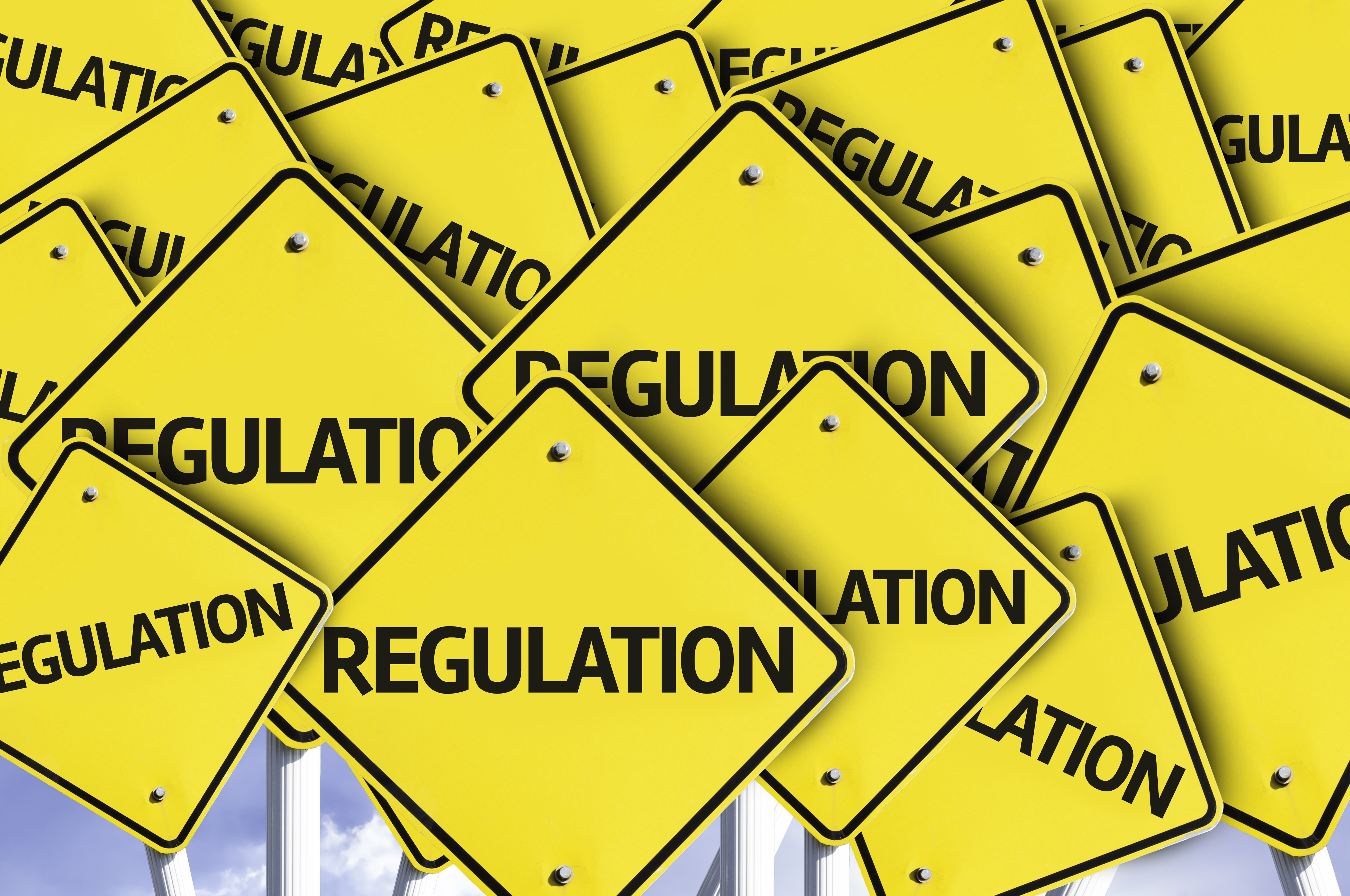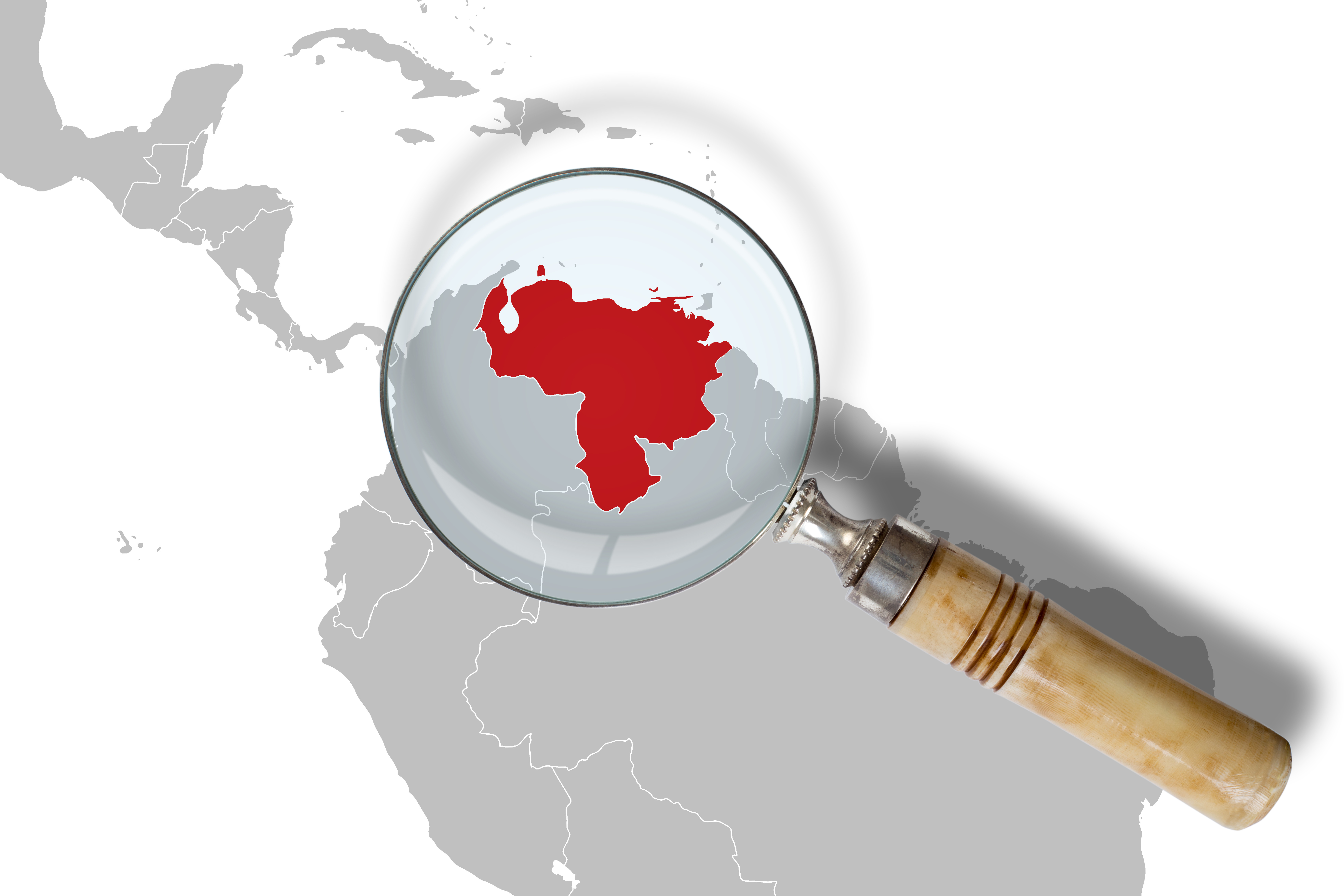
The economic devastation and human suffering in Venezuela is getting worse by the day. Every article I see shows the economy has taken one more step towards utter collapse.
6/9 – Washington Post – As hunger mounts, Venezuelans turned to trash for food – A man who used to work at a bakery now searches garbage cans for food because he will starve if he doesn’t find something to eat in the trash.
He is joined by small business owners and retired people in the search for enough food to merely stay alive.
Number of people below the poverty line has skyrocketed from 52% as recently as 2014 up to 76% today.
I wonder what could have caused that devastation?
In the 535 word article, the only hint of the reason for this human suffering is citing the government’s claim that the political opposition is intentionally causing this suffering in order to throw the president out of power.
While the WP reporters are incapable of seeing the cause, at least they are able to see the suffering.
6/10 – AFT at Yahoo News – Venezuela lets Maduro recall advance, with threats – Article reports looting is increasing and more protests involve violence.
A protest by opposition legislators resulted in several of them getting beat up. Yes, legislators are getting beaten when they protest.
Continue reading “Accelerating collapse of the Venezuelan economy – 9”
